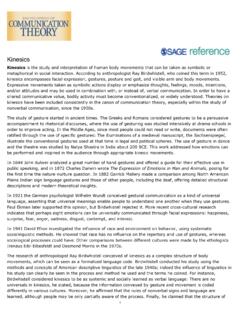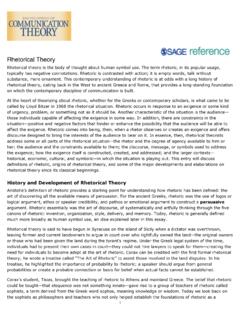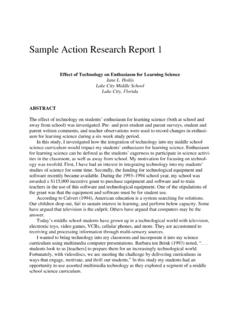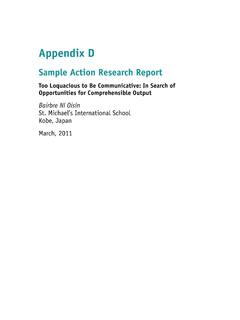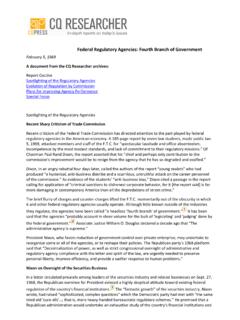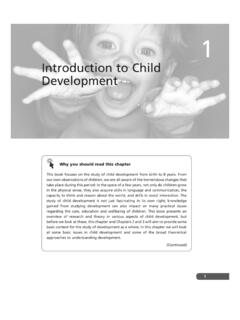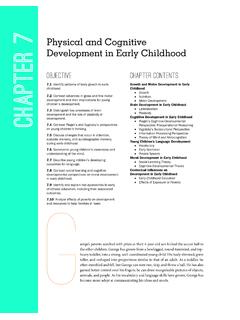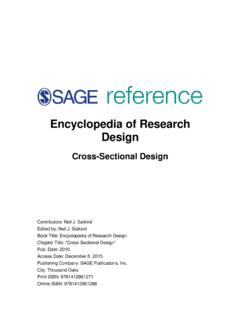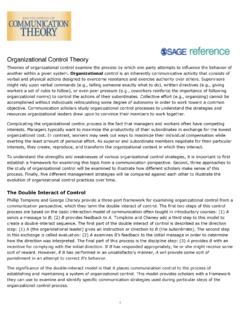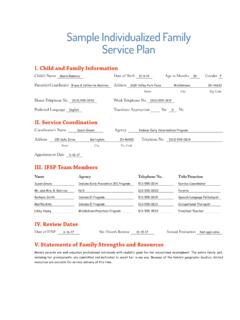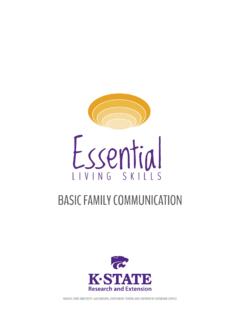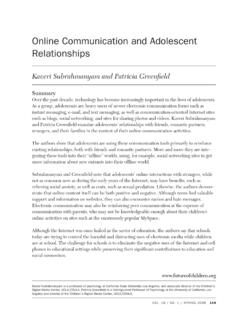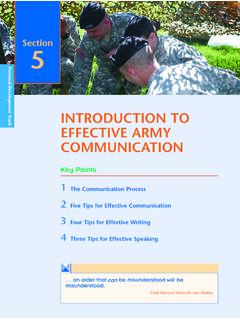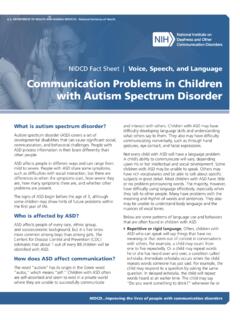Transcription of Ethical and Unethical Communication
1 Ethical and Unethical CommunicationThis chapter explores the relationship of Communication to ethics. Introductions to general guidelines for ethicalcommunication, related dialogic virtues and skills, and additional tools for recognizing and addressing ethicalissues are included. The principles, guidelines, and tools outlined below reflect insights from numerousdisciplines and are applicable within and across diverse 21st-century the use of available resources to convey information, to move, to inspire, to persuade, toenlighten, to connect is an inherently Ethical undertaking. Regardless of context, Communication involveschoice, reflects values, and has consequences. These three key elements of Communication form the basis of itsethical is the study of values, of what is more or less important, of the good, of behavioral guidelines andnorms. Ethics provides frameworks and tools for recognizing and assessing available options and fordifferentiating between more or less morally justified pathways in any given have identified numerous approaches to the study of Communication ethics (Arneson, 2007; Boss,2004; Bracci & Christians, 2002; Jaksa & Pritchard, 1994; Johannesen, 2002; Makau & Arnett, 1997).
2 Someapproaches focus on intentions, others on means, and still others on consequences. Some approaches tocommunication ethics focus primarily on duties, obligations, rights, and responsibilities, while others emphasizethe importance of dispositional traits and related abilities, referred to by many as virtues. Some communicationethics scholars derive guidelines from community, others stress the importance of authority, while still othersturn primarily to the individual for Ethical insight. Some perspectives on Communication ethics focus onnarrative, while others feature reason and argument, and still others integrate both approaches tounderstanding and decision making. Some Communication ethicists stress situational factors more than others,but all approaches to the study recognize the importance of context. This chapter explores shared elements ofdiverse Ethical frameworks and introduces resources for recognizing and responsibly addressing Ethical issuesacross Links Between Communication and EthicsThroughout history, Unethical Communication has been one of humanity's most potentially harmful weapons.
3 Ininterpersonal contexts, Communication has the power to wound deeply, to undermine connection, and to thwarthealthy human development. Within institutional contexts, Unethical Communication has been used to supportgreed and corruption, to bolster tyranny, and otherwise to foster oppression. Historically, Communication hasbeen instrumental in sparking and justifying economic injustice, violence, war, genocide, and tribal the same time, the art of Communication has been instrumental to the pursuits of truth, wisdom, justice, andpeace. Historically, responsible and effective Communication has fostered loving connection, compassion, 's powers to hurt and to heal, to repress and to inspire, to betray and to uplift, to oppress and tocomfort, to deceive and to enlighten, to wound and to mend are among the direct links between communicationand ethics. The pages to follow will reveal the importance of ethics to fulfilling Communication 's constructive1potential while addressing the myriad challenges associated with such Elements of Ethical CommunicationAll Communication interpersonal, organizational, small group, mass mediated, political, informational,technical, or commercial, whether delivered orally, electronically, verbally or nonverbally, visually, or through aprint medium occurs within a context, including goals, means, and occasion.
4 Ethical Communication requiresunderstanding of and responsiveness to each of these three key elements. What one hopes to achieve throughthe Communication (the ends), how one chooses to communicate (the means), and the real-world outcomes(the consequences) of Communication are particularly important features of Ethical , Moral Agency, and ResponsibilityCommunication ethics is, first and foremost, about choice. To the extent an individual or group has optionsavailable in any given situation, moral agency is at play. With moral agency the relative freedom to chooseone's pathway in any given situation comes circumstances often limit individuals' options, adults interacting with others usually have at least somemoral agency. When interacting with a friend or a close acquaintance, for example, people in diversecircumstances are often relatively free to choose how attentively they will listen to the Other.
5 How will theyrespond to the Other's questions, concerns, insights, charges, and so on? Will they seek to manipulate theOther to their personal advantage? Seek to gain the upper hand ? Will they listen defensively? Or will theyseek to understand the Other? To connect with the Other? To foster the mutual pursuit of truth, insight,wisdom, informed and just decision making with the Other?In encounters with strangers, the decision of whether to recoil or to express hostility, on the one hand, or tosmile or otherwise express a sense of human connection, on the other, reflects elements of choice and hence ofresponsibility to the Other as well. Numerous factors from cultural norms, customs, and traditions to individualpreferences, abilities, genetic makeup, neurophysiology, and many other variables within and outside theindividual's control influence how each person responds to the circumstances he or she confronts.
6 Central tothe deliberative process across contexts, however, is the overall state of one's heart and interpersonal Communication settings, for example, each individual's approach is shaped by goals, values,emotions, and perceptions. What does each party hope to achieve? How does each perceive the Other? Whatare their perceptions of stakeholders' interests? What about their own values, beliefs, and vested interests? Howthoroughly has each considered the likely consequences of the interaction to the self, to others, and to therelationship? Responses to these questions all involve elements of choice and reflect values, influencedsignificantly by each participant's overall state of heart and factors are relevant as well. People often find themselves in circumstances defined, at least in part,by power structures beyond their control. Institutional structures are especially relevant. Consider, for example,those situated at the bottom of a clearly defined corporate hierarchy.
7 Even in such seemingly constrainedcircumstances, the state of one's heart and mind is instrumental to the quality, efficacy, and ethics of one'sinteractions. Individuals in such positions often have a much broader range of communicative options thanappears evident on the surface. Often, for example, even those with limited institutionally sanctioned powerhave opportunities to facilitate transparency, to engender acts of loving-kindness, and to foster elements of justand caring communion. How these individuals choose to respond to their circumstances often profoundly affectsthe quality of the organizational sense of quality relates directly to a second key feature of moral agency across Communication the communicator's goals (the intentions or ends of Communication ) are important, so too are the meanscommunicators elect to use. Consider, for example, a situation in which one must decide how to respond when2a friend asks questions regarding her performance at a concert the previous evening.
8 Suppose that a fullytruthful response could prove painful to the friend. There are many means available to avoid hurting the Otherin such circumstances. Among these means are lies or other more subtle forms of deception. For reasons to beoutlined later, however, these means are inherently ethically suspect. In contrast, pursuing compassionate andcaring means to sharing the information truthfully in such circumstances promises to foster connection, mutualtrust, respect, and understanding, thereby facilitating fulfillment of Communication 's constructive centrality of means to Ethical Communication is especially evident in studies of social , pursuits of social justice in the face of tyranny and oppression have taken many forms. Somemeans such as random violence, demonizing the Other, and hate speech have been shown to be inherentlyethically suspect. Addressing this issue, prominent global leaders in the pursuit of social justice such asMahatma Gandhi, Nelson Mandela, C sar Chavez, and Martin Luther King have noted that the means are theends in the making (Boss, 2003; Makau & Marty, 2001).
9 This discussion of means and ends leads to exploration of a third, related element of Ethical Communication :The consequences of one's choices matter deeply. Thus far, the focus has been on good intentions and ethicalmeans. However, even the most noble intentions and Ethical means have the potential to cause harm. Consider,for example, the case of a journalist seeking to uncover abuses of power and using truthful means to conveythe information. In such a case, the journalist can be said to be using Ethical means (conveying informationtruthfully) in an effort to pursue noble ends (transparency, accountability, and justice). At the same time,however, innocent people could be gravely imperiled as a result of the journalist's revelations, particularly if theabuses uncovered by the story take place in an environment of unchecked power. Before publishing the story,the journalist has the responsibility to consider the likely consequences of the publication, especially to the mostvulnerable members of the the complexity of life's circumstances, predicting such consequences with certainty is impossible.
10 Theresponsibilities associated with moral agency do not require the ability to prophesize in this way. However,responsible exercise of moral agency does require thoughtful consideration of the circumstances, particularlyfrom the standpoints of all relevant stakeholders; moral agents have a responsibility to anticipate likelyconsequences as a part of their sum, then, Ethical Communication across contexts requires attentiveness to at least the following: one'sintention, the means used to fulfill these ends, and the likely consequences of one's choices. Even within theseparameters, however, differentiating more or less Ethical Communication pathways is often difficult. Each set ofcircumstances is unique, and often the most Ethical choice is not readily apparent. A number of resources areavailable to address these Guidelines for Ethical CommunicationNo set of rules or norms can provide certainty regarding the most Ethical pathway in specific cases.
